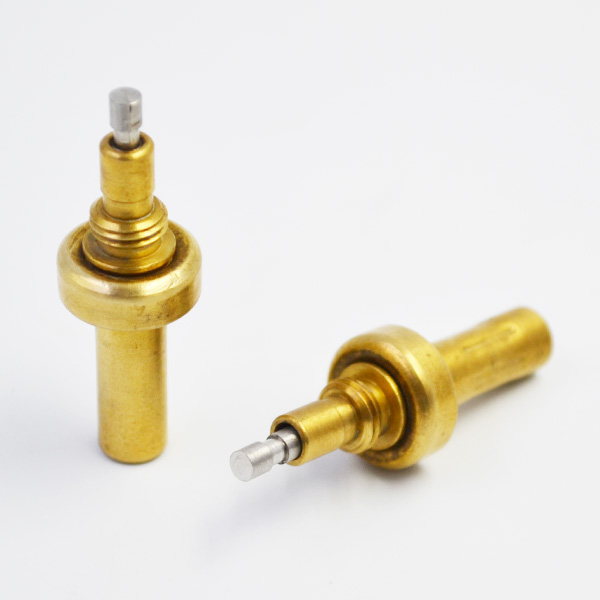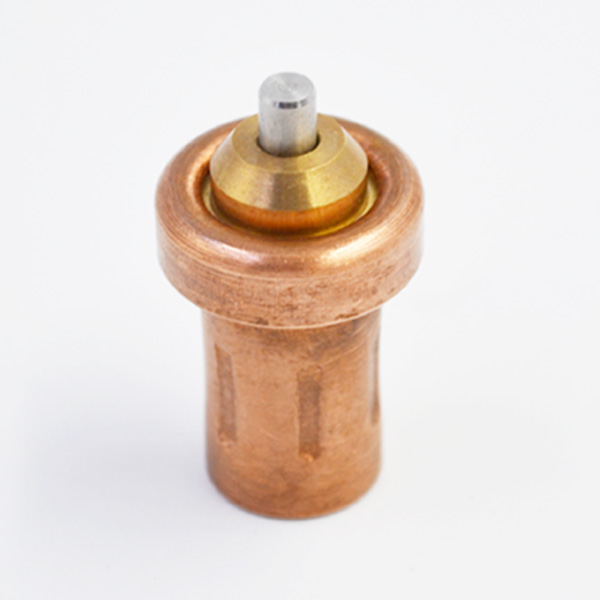DCS field controller based on Programmable Logic Controller (PLC) principle adopts dual-core redundancy fault-tolerant technology. When a single fault or random error occurs, the field controller can automatically correct the error and realize continuous and uninterrupted control. The controller also integrates powerful redundant bus network and high-speed operation function of PLC. The HPLC programming tool can help users to monitor and redevelop the behavior of field controller. Multiple field controllers can be self-networked to achieve the requirements of decentralized control and centralized management of DCS system.
As an automatic control device with microprocessor as its core, PLC has high logic operation efficiency, short control cycle and excellent performance in switching speed control. PLC is widely used in master-slave token ring network because of its simple programming, convenient use and adapting to the harsh environment in industrial field. DCS is a multi-level computer system consisting of decentralized process control level and centralized process management level, with communication network as the link. Its main characteristics are centralized management and decentralized control, and the status of all hosts in the network is equal. At present, DCS has been widely used in power, metallurgy, petrochemical, shipbuilding and other industries. In recent years, with the technological innovation in the field of DCS, open DCS can give users greater autonomy in system integration. Users can connect field controllers from different manufacturers into the control system according to actual needs to achieve the best system integration. DCS field controller based on PLC principle (JSD-DCM-01) draws lessons from the advantages of fast data processing and good programming interface of PLC, avoiding the disadvantage of incompatibility of PLC in multi-host network structure. The control and operation module of the field controller can realize the diversified control strategy of the open DCS system, thus simplifying the complex proposition of the field. The centralized process management level of DCS consists of management equipment, which completes centralized monitoring and management of the decentralized process control level. The field controller in DCS decentralized process control level is directly oriented to industrial objects. Its input signals come from sensors (such as thermocouples, thermal resistors), transmitters (such as temperature, pressure, liquid level, flow rate, etc.) and electrical switches (input contacts) on the production site. Its output signals drive actuators (such as control valves, solenoid valves, thermostatic element etc.). Motor, etc.) completes the functions of data acquisition, closed-loop regulation and sequence control in production process, and its communication network is connected with redundant bus for data communication. The main object of this paper is the field controller in the decentralized process control level. The field controller is based on the Texas Instrument (TI) TMS570LS3137, which is a series of MCUs in the Hercules? Series, which is designed for the application environments of aerospace, railway, automobile, industry and medical treatment which have strict safety requirements.
Hercules? TMS570LS series processors are developed in accordance with ISO 26262 and IEC61508, two security standards. Based on ARM Cortex-R architecture, two identical ARM? Cortex-R4F cores are used on the chip. They run the same program in a lock-step manner and receive the same input.

In each processor cycle, the operations and results of two kernel calculations are compared logically to detect and respond to possible errors. Evaluated by Exda International Security Authentication Agency, the development process and security principle of Hercules? TMS570LS security microprocessor are considered to be applicable to SIL3 system. The field controller uses AD8226 instrument amplifier and ADS1259 analog-to-digital converter to digitize analog signals with wide dynamic range, and TLP185GB to convert digital signals, cut off the transmission of interference and give the field controller more ideal electromagnetic compatibility. In order to achieve high reliability and low failure rate of the field controller, redundancy technology is adopted in the communication network of the controller. Using two CAN buses and two CAN bus controllers, the core microcontroller controls two CAN controllers simultaneously through different ports and interrupts. We have developed a programming and simulation tool – Hplc. There are two programming languages in Hplc software – Ladder Diagram Language (LD) and Instruction List Language (IL). The two languages meet the requirements of IEC1131-3, an industrial control programming language standard developed by the International Electrotechnical Commission.
Users can use Hplc’s huge standard graphics library and complete algorithm to simulate the port state of all field controllers in DCS system.

The user knows the running state of the field controller in the system by executing the program. The field controller has been tested by Beike Electronic Technology Services (Chengdu) Co., Ltd. and other organizations to prove that the performance of the product is up to the standard. From Figure 1, it can be seen that the electric field intensity radiated by the field controller in the frequency band of 30M-156 M is lower than the standard value, which meets the application requirements. (Note: Limited to page space, other tests and results are not shown). This paper designs a DCS field controller based on the principle of PLC. The controller draws lessons from the programming habits of PLC software and the design ideas of hardware. It uses the redundancy fault-tolerant technology of core and bus to ensure the continuous operation of equipment.
The self-networking system of several field controllers meets the requirements of DCS decentralized control and centralized management, and provides a new technology product for industrial field control. The DCS system of ad hoc network has passed the audit of Design Institute and is ready to be tested on steel fuel power ship. Yang Junyu (1986-), male, intermediate engineer.
The main research direction is automatic control system. Mao Danian (1977-), male, intermediate engineer.

The main research direction is embedded control system. Zeng Zhanglong (1982-), male, intermediate engineer. The main research direction is embedded control system.
